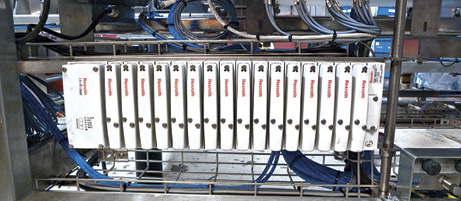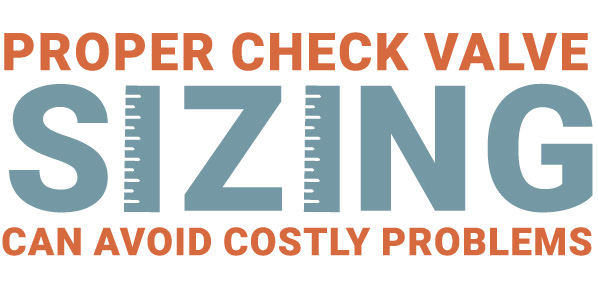LVDT Position Sensors Enable Next-Gen Hydraulics and Robotics Working in Extreme Environments
By Mike Marciante, Business Development Manager, NewTek Sensor Solutions
Hydraulic and robotic systems are performing more often in areas with temperature, pressure, and radiation extremes. Withstanding these environments is the goal for the next generation of instrumentation and sensors these systems rely on. Many hydraulic and robotic systems require linear position sensors that operate reliably under continuous high pressures and temperatures while fitting into restrictive spaces. Hydraulics with linear sensors used in oil drilling and material testing now operate in temperatures sometimes exceeding 400°F (204°C), and pressures approaching 30,000 psi (2068 bar). Robotics and automated equipment in nuclear power plants and clean-up zones operate in radiation environments now exceeding 30 MRad. For the next generation of hydraulic and robotic systems, LVDT linear position sensors offer many benefits—chief of which is excellent measurement quality—while operating reliably in high temperature, pressure, and radiation exposure.
LVDT Technology that Makes it Possible
LVDTs are non-contact sensors, meaning that the housing containing the windings and the core never need to touch. This frictionless operation gives LVDTs infinite mechanical life, making them ideal for applications where replacement costs can be high and long-term reliability is key. Available with a lightweight, low-mass core and a compact diameter as small as 0.188 inches (4.7 mm), LVDTs can be miniaturized, well-suited for high-response dynamic measurement required in hydraulic and material testing systems where space is at a premium.
Beneficial when compared to other linear position sensing technologies, LVDTs are AC-operated with no on-board printed circuit board (PCB) for signal processing or conditioning, allowing them to operate in very high pressures. In vented designs specialized for embedding in hydraulic systems, holes expose the coils inside the sensor to the fluid. Since the sensor is completely immersed, even rapid spikes in pressure will not cause damage to the LVDT during operation. Any fluid to which the LVDT is exposed must be electrically non-conductive and chemically benign, which is a very common trait among hydraulic fluids and oils, so vented LVDTs are compatible for immersion into most hydraulic systems.
The absence of on-board electronics enables production of these sensors with radiation-hardened materials that will not become brittle or decay when exposed to radiation. These are able to withstand total integrated flux of 30 MRad, and even 100 MRad in some cases.
Taking Robotics into Radiation “Hot” Zones
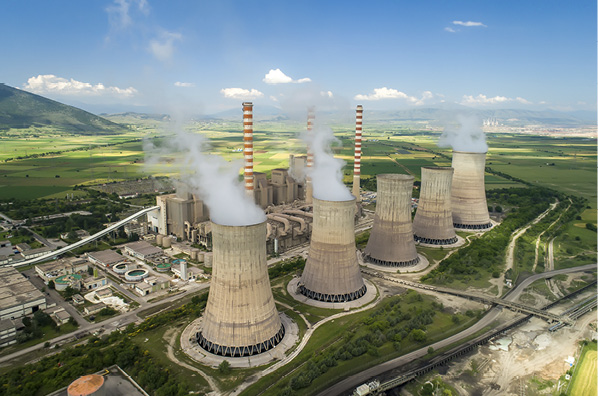
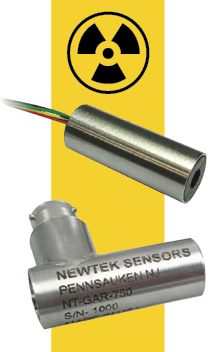 Renewed interest in nuclear safety and space travel for governmental and commercial purposes will send more robots to places with elevated radiation exposure. Rovers, tools, and other robotic machinery traveling through space or in orbit may encounter direct sun exposure and radiation without the protection of the Earth’s atmosphere. When they are commissioned into service, accurate position feedback is key from robotic actuators that are controlling sensitive operations, experiments, or repairs. Radiation hardened LVDTs operating in vacuum and cryogenic conditions are rugged and dependable enough to survive the journey into space. While there, they deliver high quality position feedback with infinite resolution and fast response times, as is often required by these systems.
Renewed interest in nuclear safety and space travel for governmental and commercial purposes will send more robots to places with elevated radiation exposure. Rovers, tools, and other robotic machinery traveling through space or in orbit may encounter direct sun exposure and radiation without the protection of the Earth’s atmosphere. When they are commissioned into service, accurate position feedback is key from robotic actuators that are controlling sensitive operations, experiments, or repairs. Radiation hardened LVDTs operating in vacuum and cryogenic conditions are rugged and dependable enough to survive the journey into space. While there, they deliver high quality position feedback with infinite resolution and fast response times, as is often required by these systems.
Radiation-hardened robots are working here on Earth too. They have been used to clean up contaminated sites all over the world, including present-day Ukraine, Japan, the U.S., and throughout Europe. Sites of nuclear incidents and retired uranium enrichment plants have all benefited from robots going in areas where humans cannot. These robots gather information to create maps of hazard zones, while also transporting or breaking up contaminated debris and fuel rods. Actuators and position sensors enable their legs, working arms, and grippers. Radiation-hardened LVDTs coupled to these actuators deliver a fast position feedback response to the robots’ controls, allowing them to move very precisely and smoothly. Built to withstand even heavy exposures to 100 MRad, the use of these position sensors can help prolong the service life of these robots, often tasked with projects spanning years or decades.
Deep Below the Surface
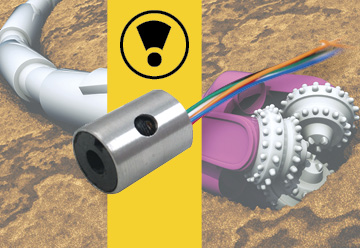 Oil reserves are now being extracted from previously inaccessible locations. Access to these reserves involved exposure to temperatures and pressures legacy machinery could not withstand. On next-generation multi-directional drills, LVDTs are being used to deliver position feedback used to accurately control the actuators setting the drill’s direction. Within existing wellbores, multi-finger calipers are used to accurately profile the walls to identify signs of fatigue or abnormalities. Multi-finger calipers extend their arms to make contact with the walls. Within the caliper, the fingers are mechanically linked to an LVDT that measures their position as they travel through the bore. The LVDT readings are transmitted to the surface so the wellbore can be accurately profiled. Each of these critical operations employ LVDT position sensors designed to be embedded in hydraulic fluid up to 30,000 psi (2068 bar) and over 400°F (204°C). Because of the reliability of LVDT technology, the sensor itself can remain operational for the lifetime tools and equipment that use them.
Oil reserves are now being extracted from previously inaccessible locations. Access to these reserves involved exposure to temperatures and pressures legacy machinery could not withstand. On next-generation multi-directional drills, LVDTs are being used to deliver position feedback used to accurately control the actuators setting the drill’s direction. Within existing wellbores, multi-finger calipers are used to accurately profile the walls to identify signs of fatigue or abnormalities. Multi-finger calipers extend their arms to make contact with the walls. Within the caliper, the fingers are mechanically linked to an LVDT that measures their position as they travel through the bore. The LVDT readings are transmitted to the surface so the wellbore can be accurately profiled. Each of these critical operations employ LVDT position sensors designed to be embedded in hydraulic fluid up to 30,000 psi (2068 bar) and over 400°F (204°C). Because of the reliability of LVDT technology, the sensor itself can remain operational for the lifetime tools and equipment that use them.
The ability to remain rugged and reliable with an infinite mechanical life, as well as high temperature and pressure designs, have made LVDT position sensors the preferred selection in the most demanding and cutting-edge requirement in robotics and hydraulics.



